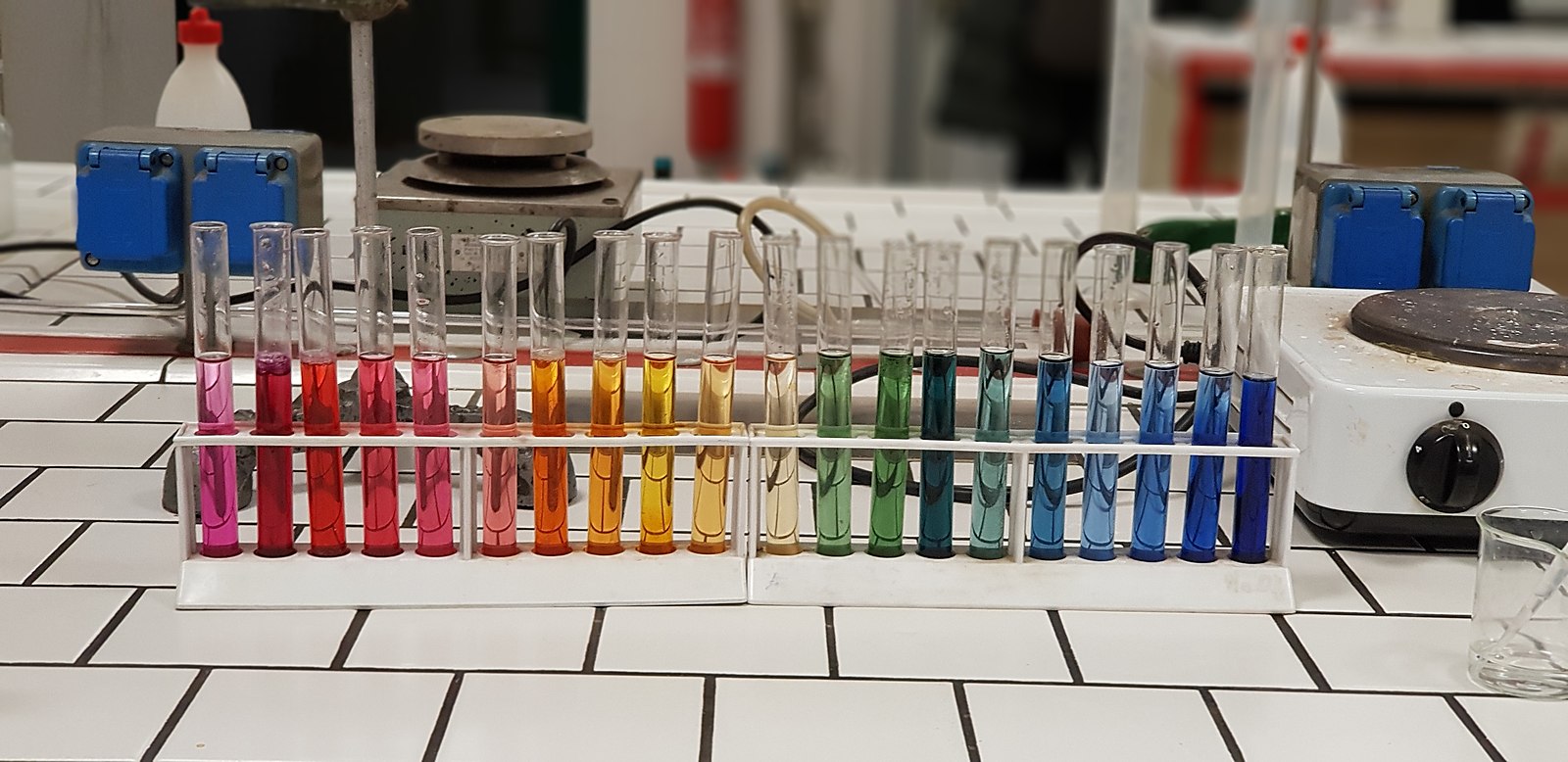The pH of ethylene glycol in water is a crucial factor in maintaining the efficiency and longevity of various systems, from automotive cooling systems to industrial applications. Understanding the range of pH values, the impact of contaminants, and the proper methods for balancing the pH can help ensure the optimal performance and protection of these systems.
Understanding the pH Range of Ethylene Glycol in Water
The pH value of ethylene glycol in water can range from 5.5 to 10.5, depending on whether the solution is uninhibited or inhibited. Uninhibited ethylene glycol has a pH of 5.5 to 8.0, while inhibited ethylene glycol, which contains corrosion inhibitors, has a pH of 9.0 to 10.5. When diluted in a 30% to 50% solution, the pH of inhibited ethylene glycol falls to between 8.3 and 9.0.
| Ethylene Glycol Solution | pH Range |
|---|---|
| Uninhibited | 5.5 – 8.0 |
| Inhibited | 9.0 – 10.5 |
| Diluted (30-50%) | 8.3 – 9.0 |
The pH of ethylene glycol in water is primarily a function of the corrosion inhibitor, and it can vary from product to product. Monitoring the pH of the solution is essential to ensure the proper functioning of the system and to prevent corrosion.
Identifying Contaminants and Their Impact on pH
Contaminants or chemical substances that may be present in ethylene glycol in water include corrosion inhibitors, which are added to inhibited ethylene glycol to prevent corrosion. These inhibitors can vary in pH and may deplete over time, leading to a decrease in the pH of the solution. Other potential contaminants include microbes and fungi, which can be inhibited by the mixture of ethylene glycol and water.
When the pH of the mixture falls below 8.0, it indicates that a significant portion of the inhibitor has been depleted and that more inhibitor needs to be added. If the pH falls below 7.0, most manufacturers recommend replacing the fluid, as it indicates that oxidation of the glycol has occurred.
Balancing the pH of Ethylene Glycol in Water
To balance the pH of ethylene glycol in water, one can add more inhibitor to the solution if the pH is below 8.0. If the pH has fallen below 7.0, it is recommended to replace the fluid. It is also important to regularly test the pH of the solution and to address any issues promptly to prevent corrosion or other damage to the system.
When it comes to home remedies, it is not recommended to attempt to balance the pH of ethylene glycol in water without proper knowledge and equipment, as improper handling can be dangerous. It is best to consult with a professional or follow the manufacturer’s instructions for maintaining the pH of the solution.
Conclusion
The pH of ethylene glycol in water is a critical factor in maintaining the performance and longevity of various systems. Understanding the pH range, the impact of contaminants, and the proper methods for balancing the pH can help ensure the optimal operation and protection of these systems. Regular testing and prompt attention to any pH issues are essential for maintaining the integrity of the ethylene glycol solution and preventing costly repairs or replacements.

